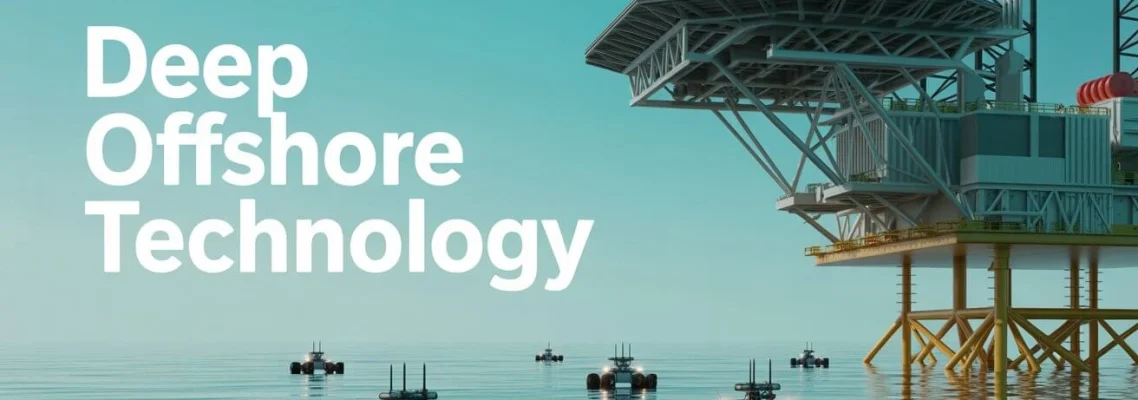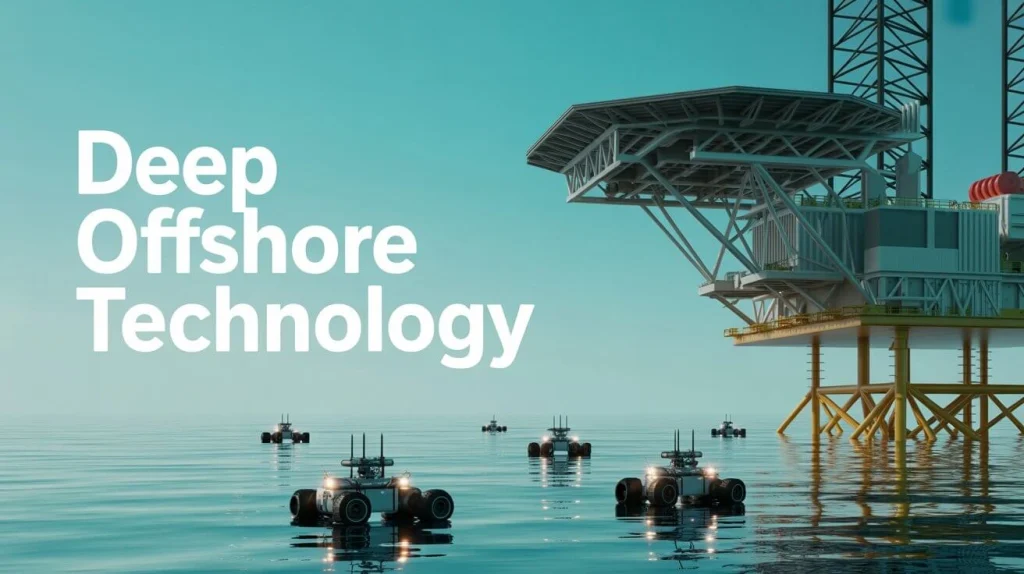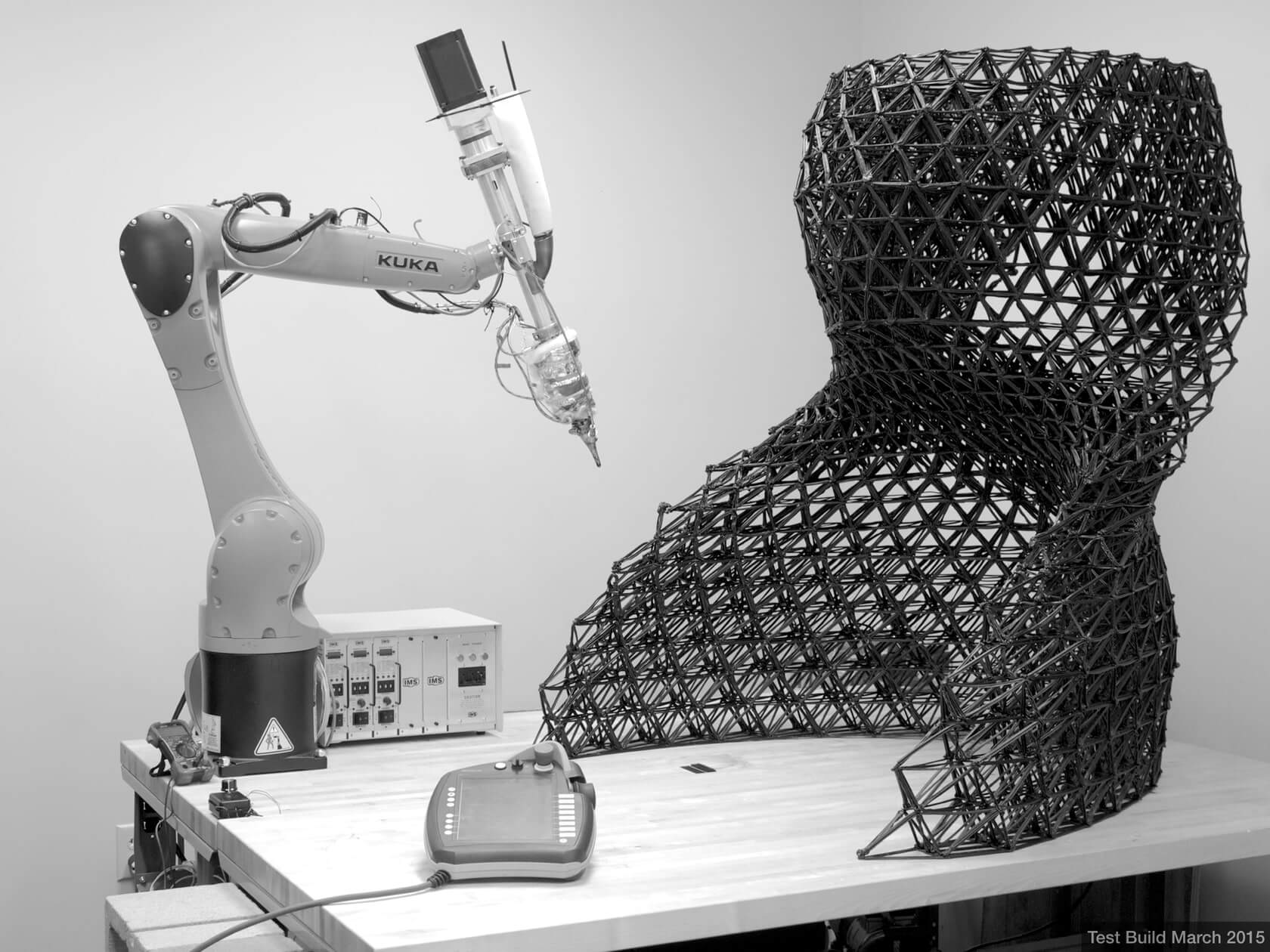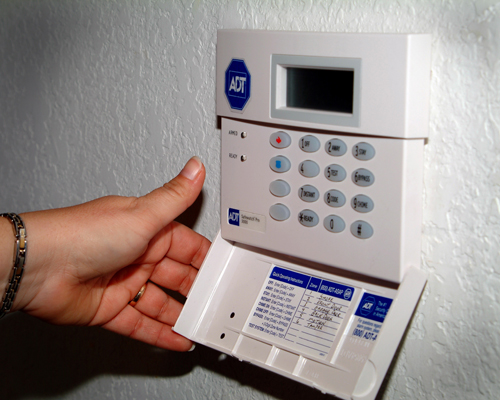
Deep Offshore Technology and the Future of Global Energy
May 20, 2025
As global demand for energy continues to rise, the race to tap into untapped resources beneath the ocean floor has never been more crucial. Deep offshore technology, once a niche engineering field, has now emerged as a cornerstone of modern energy strategies—offering solutions that are not only technologically advanced but also pivotal to achieving a more sustainable and diversified energy future.
From ultra-deep oil fields to remote wind farms far off the coast, deep offshore projects are unlocking new opportunities that were once deemed unreachable.

Content
What is Deep Offshore Technology?
Deep offshore technology refers to the complex set of engineering systems and innovations used to explore, extract, and generate energy from ocean depths beyond traditional continental shelves. Operating at depths greater than 500 meters, these systems face immense pressure, extreme temperatures, and challenging ocean conditions.
This includes a broad range of technologies—mechanical, electrical, digital, and environmental—designed to withstand and operate in harsh underwater environments. Deep offshore technology supports both traditional energy sectors and emerging renewable solutions, bridging the gap between resource accessibility and environmental responsibility.
Major Components of Deep Offshore Technology
Offshore Platforms
Offshore platforms serve as the operational base for deep-sea energy projects. These massive structures are customized for the environmental conditions of their deployment zones. Types include:
- Fixed platforms – suited for depths up to 500 meters, anchored directly to the seabed.
- Compliant towers – flexible structures that allow slight swaying in deeper waters.
- Semi-submersible and spar platforms – designed for ultra-deepwater, these float and are anchored by mooring lines.
- FPSOs (Floating Production, Storage and Offloading units) – vessels that process and store oil extracted from subsea wells.
These platforms are often supported by advanced communication systems, real-time monitoring technologies, and safety systems that ensure operational continuity under extreme conditions.
Subsea Systems
Subsea infrastructure is essential for transporting energy from the wellhead or turbine to processing and storage systems. Technological advancements in subsea systems have made it possible to remotely control and maintain equipment hundreds of kilometers offshore.
Innovations include:
- Subsea processing systems – for separating water and gas before oil reaches the surface.
- Control umbilicals – carrying fiber optics, electrical power, and chemicals for operational support.
- Flow assurance technologies – to prevent blockages caused by hydrates or waxes.
These systems are monitored using ROVs, autonomous underwater vehicles (AUVs), and sensor arrays, making real-time data-driven decisions possible.
Renewable Energy Solutions
While offshore drilling gets most of the attention, the integration of renewable energy solutions into offshore environments is rapidly growing. Innovations are redefining how we use the ocean’s natural forces:
- Floating wind turbines – installed in deep waters where traditional turbines can’t reach. They are tethered to the seabed and can be moved or scaled more flexibly.
- Wave energy converters – devices that transform surface wave motion into electrical energy. These are ideal for remote islands and coastal regions.
- Ocean thermal energy conversion (OTEC) – a lesser-known method that uses temperature differences between deep and surface waters to generate power.
The combination of offshore renewable technologies with traditional fossil fuel systems supports hybrid energy platforms that maximize utility while minimizing environmental impact.
Applications of Deep Offshore Technology
The Oil and Gas Industry
Energy companies rely heavily on deep offshore technology to access remote reservoirs like Brazil’s pre-salt fields, Angola’s ultra-deep formations, and fields in the Arctic Circle. These operations use a combination of:
- Directional drilling – to reach targets thousands of feet below or to drill horizontally through complex rock formations.
- ROVs – for maintenance, inspections, and emergency response in deepwater environments.
Digital twins and AI models simulate subsea conditions to optimize extraction techniques and reduce downtime.
Renewable Energy Projects
The decarbonization agenda is fueling investment in offshore renewables. Hybrid platforms now combine floating wind turbines with solar panels, wave converters, and hydrogen generation modules. Projects like Scotland’s Hywind and France’s Floatgen demonstrate how deep offshore infrastructure can serve both power grids and local desalination or ammonia production.
Marine Research
Marine institutes and universities use deep offshore systems to install seafloor observatories. These monitor seismic activity, measure ocean currents, and record biodiversity data. Underwater drones and automated sampling tools help track species migration, coral reef health, and carbon absorption rates in remote ocean zones.
Advantages of Deep Offshore Technology
- Scalability: Supports both small-scale experimental projects and large-scale production fields.
- Energy Security: Reduces dependency on land-based energy sources and politically unstable regions.
- High Output Potential: Deepwater oil fields can yield billions of barrels; offshore wind zones often experience stronger, more consistent winds.
- Environmental Monitoring: Technologies like acoustic sensors and automated leak detection improve environmental performance and risk mitigation.
Challenges of Deep Offshore Technology
Despite its promise, deep offshore energy development is not without hurdles:
- High Initial Investment: Infrastructure, vessels, and long installation timelines can strain budgets.
- Operational Complexity: Equipment failure or harsh weather can delay production and increase maintenance costs.
- Ecological Concerns: Disturbance to marine habitats, noise pollution, and potential oil spills must be carefully managed.
- Technological Integration: Merging oil, gas, wind, and wave energy technologies on the same platform poses engineering and logistical challenges.
Innovations Driving Deep Offshore Technology
Innovation is the force pushing deep offshore boundaries farther than ever before:
- Carbon capture and storage (CCS) projects now utilize deep offshore saline aquifers.
- Self-healing materials are being tested for subsea pipelines and risers to extend their lifespan.
- AI-assisted ROVs can diagnose issues in real-time, reducing human error and intervention costs.
- Blockchain for energy trading is being piloted in offshore wind projects to decentralize and automate power distribution.
Startups and global corporations are investing in hybrid systems that blend energy sources, integrate storage, and support microgrids connected to coastal towns or industrial hubs.
Deep Offshore Technology and the Future of Energy
Deep offshore technology is no longer an auxiliary solution—it’s becoming a vital asset in achieving global energy goals. As climate policies tighten and demand diversifies, offshore developments will offer flexible, resilient, and increasingly green solutions.
Interconnected platforms that combine oil extraction, renewable generation, and carbon storage could become standard. With AI, automation, and advanced robotics reducing risks and costs, the next decade may see deep offshore energy becoming the linchpin of global sustainability.
Conclusion
From oil-rich basins to wind-swept ocean corridors, deep offshore technology is transforming how the world produces, manages, and consumes energy. It offers scalability, resilience, and a pathway to greener alternatives—making it indispensable in the global energy transition.
Whether extracting hydrocarbons or capturing wind and wave energy, this field represents the forefront of industrial innovation at sea. As infrastructure, policy, and investment align, the potential of deep offshore technology will only grow deeper.
FAQs
What is the difference between offshore and deep offshore energy production?
Offshore energy refers to any operation at sea, while deep offshore specifically targets depths over 500 meters, requiring more advanced technologies.
How do floating wind turbines stay in place?
They are anchored to the seabed using mooring lines, allowing them to float while resisting the motion of waves and wind.
Why is directional drilling important in deep offshore operations?
It allows access to hard-to-reach reserves, reduces the surface footprint, and enables drilling from fewer platforms.
Are wave energy converters commercially viable?
Several pilot projects have shown promise, and with improved designs and funding, they are approaching commercial-scale deployment.

Darin is a wonderful person. He is very nice and always willing to help out! He loves his job because it lets him share interesting things with people who want to know about new developments in the world of technology.












